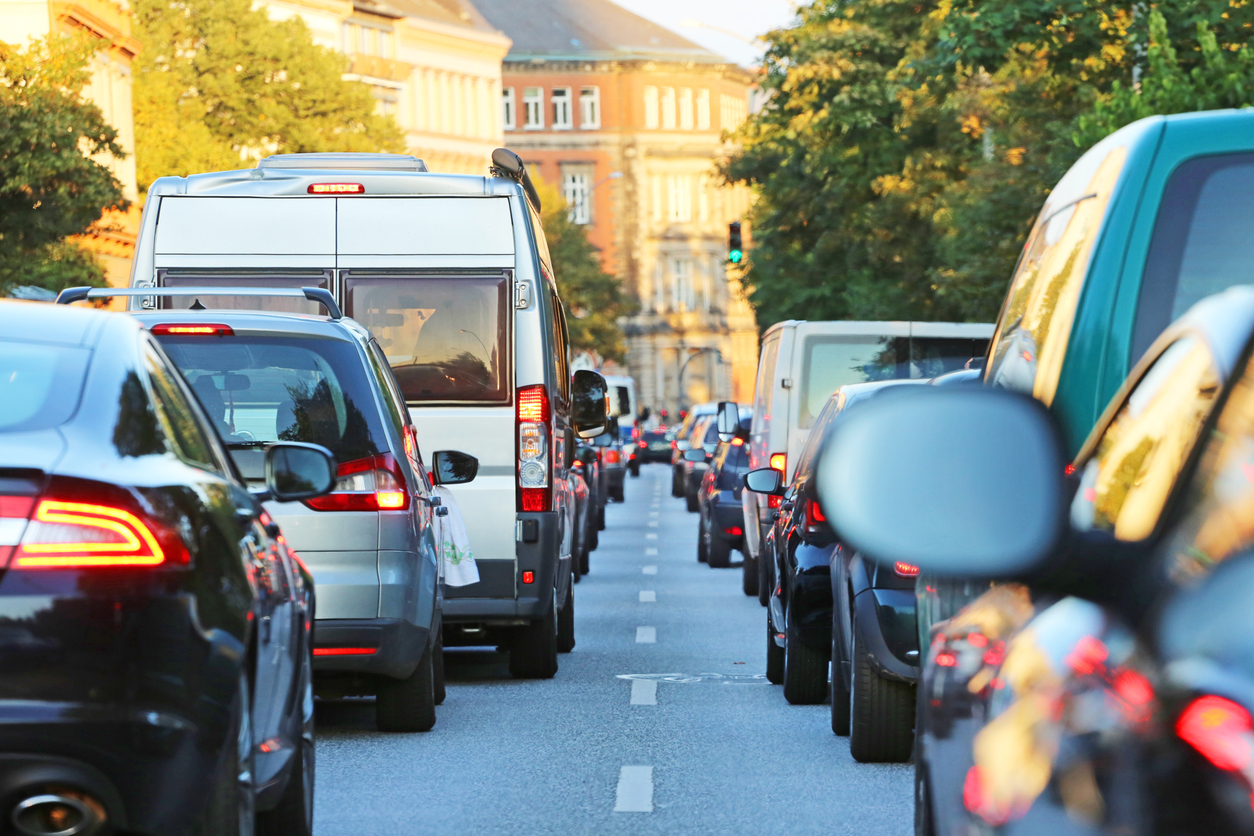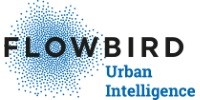Flowbird: Solving Traffic Flow – What Politicians And Policymakers Need To Know

Imagine you’re on your way to a concert with friends, only to find yourself stuck in a sea of cars, running late for the show. Or maybe the train in your town always creates traffic, and your boss is getting impatient with you turning up late to work. Or picture the areas in your city that you refuse to go to because there are always too many cars and it’s impossible to get around.
These are familiar scenarios for many of us, and the bottom line is, traffic rarely makes our lives better. In fact, studies have found that commuting is often the worst part of someone’s day. If your commute is between half an hour to 90 minutes, it can have a big impact on your happiness and increases anxiety.
Cities that position themselves as leaders of mobility, and tackle their traffic flow problems head-on will increase the overall happiness of their citizens. Not only that, they’ll also make meaningful strides towards sustainability goals.
Picture an open road each time you leave the driveway
Urban mobility is constantly evolving. For example, before 2020 there may not have been e-scooters or e-bikes to rent throughout your city. Now, you may have a hard time finding a major city that doesn’t have this type of transportation.
Personal vehicles, public buses, bicycles, scooters, e-commerce vehicles and private rideshare vehicles all shape our urban landscapes. With this array of mobility choices, the public expects effortless movement when it comes to reaching a destination.
In order to travel somewhere, people want to know that:
- They can get into the city
- They will be able to afford the cost of travel
- They will be able to park
- There will be working and available EV charging stations
- There will be additional transportation available (bike, bus, tram, etc)
- There will be a seamless way to pay for public transportation
- They will be able to use their concessions
That’s a challenging list to fulfil. But by tracking traffic data and combining it with other solutions, like public transportation and parking, your city can make meaningful progress here.
Picture being able to connect with drivers to let them know a neighbourhood is almost at max capacity for parking, or is experiencing an influx in traffic. They can then opt for public transportation, or make new plans without fighting the gridlock. This leads to less drivers on the road, less emissions from stopped vehicles and higher ridership on public transportation.
We spend too much time in traffic – and it’s preventable
From a city leader’s perspective, it’s essential to tackle traffic problems because traffic plays a major role in a city’s perception, and the city’s carbon footprint. In the top 30 cities with the worst traffic congestion, drivers lost anywhere from 156 to 83 hours per driver, per year.
Yet, traffic is a compounded problem, impacted by everything from parking to crashes. And, the complexity of managing various elements of urban transport can be overwhelming.
Many cities have decided to outsource most of their parking which provides some short-term benefits but is ultimately a long-term headache. Some cities have as many as eight parking mobile application providers, leaving travellers without a 360 degree view, and cities unable to adjust costs quickly, and strategically.
Addressing parking to minimise traffic congestion is a source of dissatisfaction for almost all drivers. Frustrations arise due to incommodious payment methods and the inability to find a place to park. And these drivers caught in traffic aren’t just unhappy, they’re also increasing the emissions in your city’s air, and amplifying pollution.
Currently, cities aren’t able to communicate with drivers swiftly enough to reduce congestion. Since parking and public transportation aren’t usually fully connected, cities aren’t able to alert and incentivise low emission travel.
With the right data to hand, you can minimise bumper-to-bumper time for your travellers
A bike requires all of its pieces to move someone from one place to the next. If the chain, tires, brakes, handlebars, or pedals are missing, it can be difficult to impossible to ride it. Think of the way people move throughout your city as pieces of a bike. Let’s say traffic is the chain, public transportation is the tires, and parking is the breaks.
If there are too many single occupancy vehicles, traffic builds up and the bike chain gets clogged, or comes loose. This impacts the wheels, because they can’t move as quickly. Bus routes, e-scooters, and e-bikes are all impacted by traffic. The brakes aren’t being used at all because drivers are at an involuntary stop.
A joined up solution is needed to keep everything oiled and moving. And the foundation of that solution is data. When you can look at the state of the roads, zones and the behaviours of drivers and passengers, you get a holistic view of how people in your city move. Ideally, you also need to be able to see your city in real time so you can make adjustments to rates and strategise long-term improvements.
Flowbird HUB is an effortless way to keep everything moving as it should, often better than before. It provides cities with joined observability for strategic decisions so they can make adjustments and fixes as problems and opportunities arise.
Some of the features that positively impact cities include:
- Applying congestion charges for access
- Applying charges based on type of car (EV vs. a high emissions vehicle)
- Providing drivers with real-time information on traffic and parking availability
- Providing effortless transit payments for public transportation
- Connecting with existing and future equipment
A solution like this enables cities to carve out clean air zones, incentivise low-emissions travel and reach their sustainability goals. It’s diverse enough to work for any city, and helps communities tackle traffic congestion and air pollution.
About Flowbird
 Flowbird solutions are used in 4,350 cities in 80 countries to make journeys effortless.
Flowbird solutions are used in 4,350 cities in 80 countries to make journeys effortless.
Our relentless desire to enable mobility, through frictionless technology, which gives back time to us all, is the driving force behind our innovations. We are dedicated to complete, data-led solutions, which can be used to inform mobility policy and make a positive impact.






Comments
There are no comments yet for this item
Join the discussion